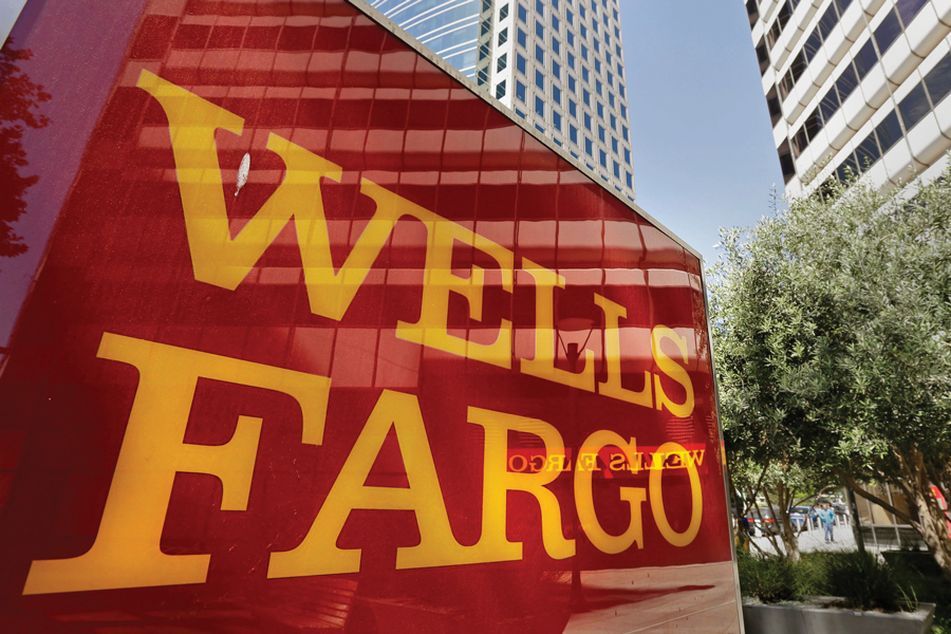Wells Fargo combines private bank, ultra-high-net-worth units

Move comes as the bank aims to cut costs by $4 billion
Wells Fargo & Co. plans to combine its ultra-high-net-worth business and private bank under one leader.
The merged operation will be run by someone yet to be named, who will report to Jon Weiss, head of wealth and investment management, according to an internal memo.
The two operations will retain their current branding and offerings.
Wells Fargo has made changes as it conducts an enterprise-wide review in the wake of a series of consumer scandals. The wealth unit has come under fire from regulators for potentially steering clients into investments that weren’t always in their best interest.
Like the larger Wells Fargo, the wealth unit is a collection of businesses from the bank’s predecessors, including Norwest Corp. and Wachovia Corp.
Combining the private bank and Abbot Downing, the ultra-high-net-worth unit, is part of Mr. Weiss’s quest since he took over last year to streamline his operation.
Wells Fargo has said it’s trying to find $4 billion in cost cuts by the end of next year.
The lender has seen elevated spending amid regulatory fines and legal fees. Mr. Weiss has said he plans to eliminate $600 million in costs by 2020 as part of that effort.
(More: Ex-Wells Fargo brokers sue for damages, claiming they lost business in wake of scandals)
Learn more about reprints and licensing for this article.








